Home>Garden Essentials>How To Indicate Drain Rock In A Landscape Design
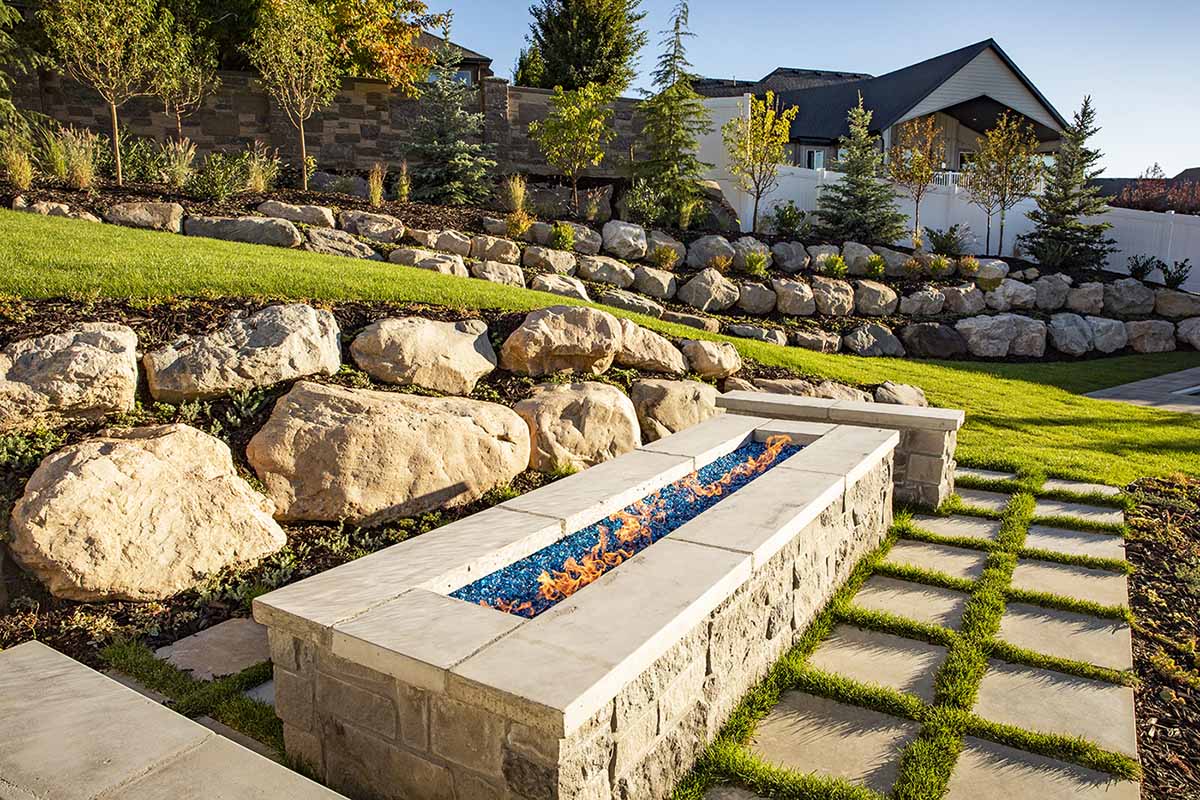

Garden Essentials
How To Indicate Drain Rock In A Landscape Design
Modified: March 7, 2024
Learn how to incorporate drain rock into your garden design for effective water drainage.
(Many of the links in this article redirect to a specific reviewed product. Your purchase of these products through affiliate links helps to generate commission for Storables.com, at no extra cost. Learn more)
Introduction
Welcome to the world of landscape design! Whether you have a small backyard garden or a sprawling outdoor space, creating an aesthetically pleasing and functional landscape is a rewarding endeavor. One crucial aspect of landscape design is addressing proper drainage to prevent water buildup and potential damage. That’s where drain rock comes into play.
Drain rock is a versatile material that can have a significant impact on the success of your landscape design. In this article, we will explore the various aspects of using drain rock, from understanding its purpose and types to incorporating it into your landscape design and ensuring proper installation and maintenance.
But first, let’s delve into what drain rock actually is. Drain rock, also known as drainage gravel, is a type of rock material that is commonly used to improve water drainage in landscaping projects. It is typically composed of small, loose stones or pebbles, which allow water to flow freely through the gaps between them. This permeability prevents water from pooling or saturating the soil, reducing the risk of erosion and water damage.
The benefits of using drain rock in your landscape design are manifold. Not only does it help prevent water accumulation and potential water-related damage, but it also promotes healthy plant growth by improving soil aeration and facilitating root development. Additionally, drain rock can enhance the visual appeal of your outdoor space, adding texture and depth to your overall design.
Now that we have a basic understanding of drain rock let’s take a closer look at the different types available.
Key Takeaways:
- Drain rock is a versatile material that improves water drainage, prevents soil erosion, and promotes healthy plant growth in landscape design.
- Incorporating drain rock in drainage systems, retaining walls, pathways, and planting areas enhances both functionality and visual appeal in outdoor spaces.
Read more: How To Store Landscaping Rocks
Understanding Drain Rock
Drain rock is a key element in landscape design when it comes to managing water drainage effectively. Its primary function is to provide a pathway for water to percolate into the ground, preventing excess water from pooling and causing damage. By creating a well-drained environment, drain rock helps to maintain the health and longevity of your garden and outdoor spaces.
The purpose of drain rock in landscape design is to mitigate the impact of heavy rainfall or irrigation by preventing the accumulation of water in low-lying areas. It acts as a natural filter, allowing water to seep through the gaps between the rocks and infiltrate into the soil layers below. This helps to prevent soil erosion, waterlogging, and the formation of stagnant water that can lead to the growth of harmful bacteria, fungi, and mosquitoes.
One of the primary benefits of using drain rock in landscape design is its ability to improve soil drainage. When the soil becomes compacted or has a high clay content, it can lead to poor water absorption and slow drainage. By incorporating drain rock into the design, it creates a permeable layer that enables excess water to drain away efficiently, preventing water from suffocating plant roots and causing root rot.
In addition to its functional role, drain rock also offers aesthetic benefits. It can be used to create visually appealing features such as dry river beds, decorative borders, or pathways, adding texture, contrast, and visual interest to the overall landscape design. Drain rock comes in various sizes and colors, allowing you to choose the option that best complements the style and theme of your outdoor space.
Furthermore, drain rock is a sustainable and eco-friendly option for managing water drainage. By promoting natural water infiltration instead of relying on artificial drainage systems, it helps to conserve water and reduce the strain on municipal drainage systems. This not only benefits our environment but also helps to minimize water utility costs.
In summary, drain rock serves as a vital component in landscape design by facilitating proper water drainage. By preventing water accumulation and promoting soil health, it ensures the longevity and aesthetics of your outdoor spaces. Now that we have a clear understanding of the importance and benefits of drain rock, let’s explore the different types available for your landscaping needs.
Types of Drain Rock
When it comes to incorporating drain rock into your landscape design, there are several types to choose from, each with its own unique characteristics and applications. Let’s explore three common types of drain rock – gravel, crushed stone, and river rock.
1. Gravel: Gravel is one of the most popular choices for drain rock due to its versatility and affordability. It is typically made up of small, angular stones that range in size from 3/8 inch to 2 inches in diameter. Gravel drain rock provides excellent drainage as its porous nature allows water to flow freely through the gaps between the stones. It is commonly used in French drains, trench drains, and decorative gravel beds. The various colors available, such as tan, gray, or white, allow for creative design options that suit your personal style and preferences.
2. Crushed Stone: Crushed stone is another commonly used type of drain rock that offers a more compact and stable base. It is made by crushing larger stones into smaller fragments, typically ranging from ¼ inch to 1 ½ inches in size. Crushed stone drain rock provides effective drainage due to its angular edges, which create a solid interlocking structure. This makes it suitable for areas that may experience heavy foot traffic or vehicle use, such as driveways, pathways, or parking areas. The crushed stone comes in various colors, such as brown, gray, or gold, offering versatility in design.
3. River Rock: River rock, also known as pea gravel or creek rock, adds a natural and decorative touch to your landscape design while offering functional drainage capabilities. It is smooth and round in shape, typically ranging from ¼ inch to 2 inches in size. River rock drain rock is commonly used in dry river beds, decorative borders, or around plants to enhance visual appeal. It allows water to flow easily through the gaps between the rocks, preventing water from pooling and causing damage. River rock comes in various colors, such as brown, gray, or multicolor, allowing you to create a visually stunning landscape design.
When selecting the type of drain rock for your landscape design, consider factors such as the desired aesthetic, drainage requirements, and the specific site conditions. It is essential to choose a drain rock that is suitable for your project’s needs to ensure optimal performance and longevity.
Now that we have explored the different types of drain rock available, let’s move on to discussing the factors to consider when using drain rock in your landscape design.
Factors to Consider when Using Drain Rock
When incorporating drain rock into your landscape design, there are several factors that you should consider to ensure its effective utilization. Let’s explore three essential factors – site conditions, drainage requirements, and aesthetics.
1. Site conditions: Before choosing the type and quantity of drain rock to use, it is crucial to assess the site conditions. Factors such as soil composition, slope, and existing drainage patterns all play a role in determining the appropriate approach. If the soil has a high clay content or is prone to compaction, a larger size drain rock with good permeability may be required. Additionally, if the site has a steep slope or experiences heavy rainfall, a drainage system featuring drain rock might need to be installed to prevent erosion and water buildup.
2. Drainage requirements: Each landscape has unique drainage requirements based on its size, topography, and climate. Proper water management is essential to prevent water-related damage to plants, structures, and hardscape features. Assess the areas of your landscape that need improved drainage, such as low-lying spots or areas prone to water accumulation. Consider the volume of water that needs to be drained and select the appropriate size and quantity of drain rock to accommodate the drainage needs of your landscape.
3. Aesthetics: While drain rock primarily serves a functional purpose, it can also enhance the overall aesthetics of your landscape design. Consider the visual impact of drain rock by selecting the appropriate color, texture, and size that complements the surrounding elements. For example, choosing a lighter shade of drain rock can help create a brighter and more open look, while a darker shade can provide a more dramatic and contrasting effect. Ensure that the chosen drain rock harmonizes with the overall design theme of your landscape to achieve a cohesive and visually pleasing result.
By taking into account site conditions, drainage requirements, and aesthetics, you can effectively incorporate drain rock into your landscape design. It is important to strike a balance between functionality and visual appeal to create a harmonious and sustainable outdoor space.
Now that we understand the factors to consider when using drain rock, let’s explore how to incorporate it into different aspects of your landscape design.
When indicating drain rock in a landscape design, use a symbol or legend to represent it on the plan. Typically, a small circle with diagonal lines through it is used to indicate drain rock.
Incorporating Drain Rock in Landscape Design
Now that you have an understanding of drain rock and the factors to consider when using it, let’s explore how to incorporate this versatile material into different aspects of your landscape design. Whether you are looking to address drainage issues, create visual interest, or provide stable foundations, drain rock can be a valuable addition. Here are some key areas where you can effectively utilize drain rock:
1. Drainage systems: One of the primary purposes of drain rock is to facilitate proper water drainage. It can be used in various drainage systems, such as French drains or dry wells. In a French drain setup, a trench is dug and lined with a geotextile fabric to prevent soil from mixing with the drain rock. The drain rock is then placed at the bottom of the trench, acting as a conduit for water and allowing it to flow away from areas prone to water accumulation. Similarly, for a dry well, a large hole is dug and filled with drain rock, allowing water to infiltrate and disperse into the surrounding soil. This helps prevent waterlogging and potential damage to your landscape.
2. Retaining walls: Retaining walls are commonly used in landscape design to create level areas, prevent soil erosion, and add visual interest. Drain rock can be used as a backfill material behind retaining walls to enhance drainage. By placing a layer of drain rock between the back of the wall and the soil, it helps to alleviate hydrostatic pressure and prevents water from building up behind the wall. This ensures the stability and longevity of the retaining structure while allowing water to drain freely.
3. Pathways and walkways: Drain rock can be a practical and visually appealing option for creating pathways and walkways in your landscape design. Its porous nature allows rainwater to drain away efficiently, preventing the formation of puddles and slippery surfaces. You can use gravel or crushed stone to create a permeable surface that not only improves walking conditions but also adds texture and visual interest to your outdoor space. Consider adding stepping stones or pavers to create a visually appealing pattern within the drain rock pathway.
4. Planting areas: Drain rock can also be beneficial for planting areas by improving soil drainage. When preparing planting beds, you can incorporate a layer of drain rock at the bottom to enhance water percolation. This prevents water from accumulating around plant roots and reduces the risk of root rot. Additionally, using drain rock as a mulch around plants can help retain soil moisture and prevent erosion while providing a decorative element to the landscape design.
By incorporating drain rock into these key areas of your landscape design, you can address drainage issues, add structural stability, and enhance the visual appeal of your outdoor space. Remember to consider the specific requirements of each area and select the appropriate type and size of drain rock to achieve optimal results.
Now that you know how to incorporate drain rock into your landscape design, let’s move on to discussing the installation and maintenance practices to ensure its long-term effectiveness.
Read more: How To Wash Rocks For Landscaping
Installation and Maintenance of Drain Rock
Installing drain rock properly and maintaining it regularly are crucial for ensuring its effectiveness and longevity in your landscape design. Follow these step-by-step guidelines for installing drain rock and implement proper maintenance practices:
Step 1: Prepare the area: Start by preparing the area where you want to install the drain rock. Clear the site of any vegetation, debris, or existing materials. Ensure that the area is properly graded to allow for efficient water drainage.
Step 2: Excavate the area: If you are installing a drainage system or using drain rock as a backfill material, excavate the area according to the specific requirements of the project. Dig a trench or hole to the desired depth, taking into account the size and quantity of drain rock needed to achieve your drainage goals.
Step 3: Install a geotextile fabric: Before adding the drain rock, it is advisable to line the excavated area with a geotextile fabric. This fabric acts as a barrier, preventing the soil from mixing with the drain rock and clogging the drainage system. It also helps to stabilize the drain rock and provide added support.
Step 4: Add the drain rock: Carefully spread the drain rock over the prepared area, ensuring an even and uniform layer. The thickness of the layer will depend on the specific drainage requirements of your project. Consider using different sizes of drain rock, such as a larger size at the bottom for improved stability and a smaller size on top for better water drainage.
Step 5: Compact the drain rock: Depending on the intended use of the drain rock, you may need to compact it lightly using a hand tamper or roller. This will help to stabilize the material and create a more solid foundation. Be careful not to over-compact the drain rock, as this can reduce its permeability and hinder proper water drainage.
Proper maintenance practices: Once the drain rock is installed, it is important to establish a regular maintenance routine to ensure its long-term effectiveness. Here are some maintenance practices to consider:
- Regularly inspect the drain rock for any signs of clogging, debris buildup, or settling. Remove any debris or sediment that may have accumulated on the surface to prevent blockages.
- Replenish and replace drain rock as needed to ensure a consistent and effective drainage system.
- Periodically check the surrounding landscape for any changes that may affect the drainage, such as the growth of tree roots or changes in the topography. Make necessary adjustments to maintain optimal drainage performance.
- Consider incorporating a regular schedule for cleaning and maintaining the drainage system to prevent any blockages and ensure uninterrupted water flow.
By following these installation and maintenance guidelines, you can ensure that your drain rock functions efficiently and remains visually appealing in your landscape design. Regularly monitoring and maintaining the drain rock will help to prevent issues and maximize its beneficial effects on your outdoor space.
Now that we have covered the installation and maintenance of drain rock, let’s conclude with a summary of the key points discussed in this article.
Conclusion
Incorporating drain rock into your landscape design is a smart and practical choice to address water drainage issues and enhance the overall functionality and aesthetics of your outdoor space. Understanding the purpose and benefits of drain rock is essential for making informed decisions when planning and executing your landscape design.
The various types of drain rock, such as gravel, crushed stone, and river rock, offer versatility and adaptability to different project needs and design styles. Considering factors such as site conditions, drainage requirements, and aesthetics will guide you in selecting the appropriate type and quantity of drain rock for optimal outcomes.
To effectively incorporate drain rock into your landscape design, consider utilizing it in areas such as drainage systems, retaining walls, pathways and walkways, and planting areas. By doing so, you can achieve proper water management, prevent erosion and water damage, and create visually appealing elements that enhance the overall ambiance of your outdoor space.
During the installation process, steps such as site preparation, excavation, and the use of geotextile fabric will contribute to the successful installation of drain rock. Proper maintenance practices, including regular inspections, debris removal, and monitoring, will ensure the long-term effectiveness of the drain rock in your landscape design.
By incorporating drain rock and following proper installation and maintenance techniques, you can achieve a well-drained, visually appealing, and sustainable landscape. Not only will this enhance the functionality and aesthetics of your outdoor space, but it will also contribute to the health and longevity of your plants and overall landscape design.
So, go ahead and embrace the benefits of drain rock in your landscape design. Consider the specific needs and requirements of your project, and let the versatility of drain rock transform your outdoor space into a beautiful and efficiently managed environment.
Frequently Asked Questions about How To Indicate Drain Rock In A Landscape Design
Was this page helpful?
At Storables.com, we guarantee accurate and reliable information. Our content, validated by Expert Board Contributors, is crafted following stringent Editorial Policies. We're committed to providing you with well-researched, expert-backed insights for all your informational needs.
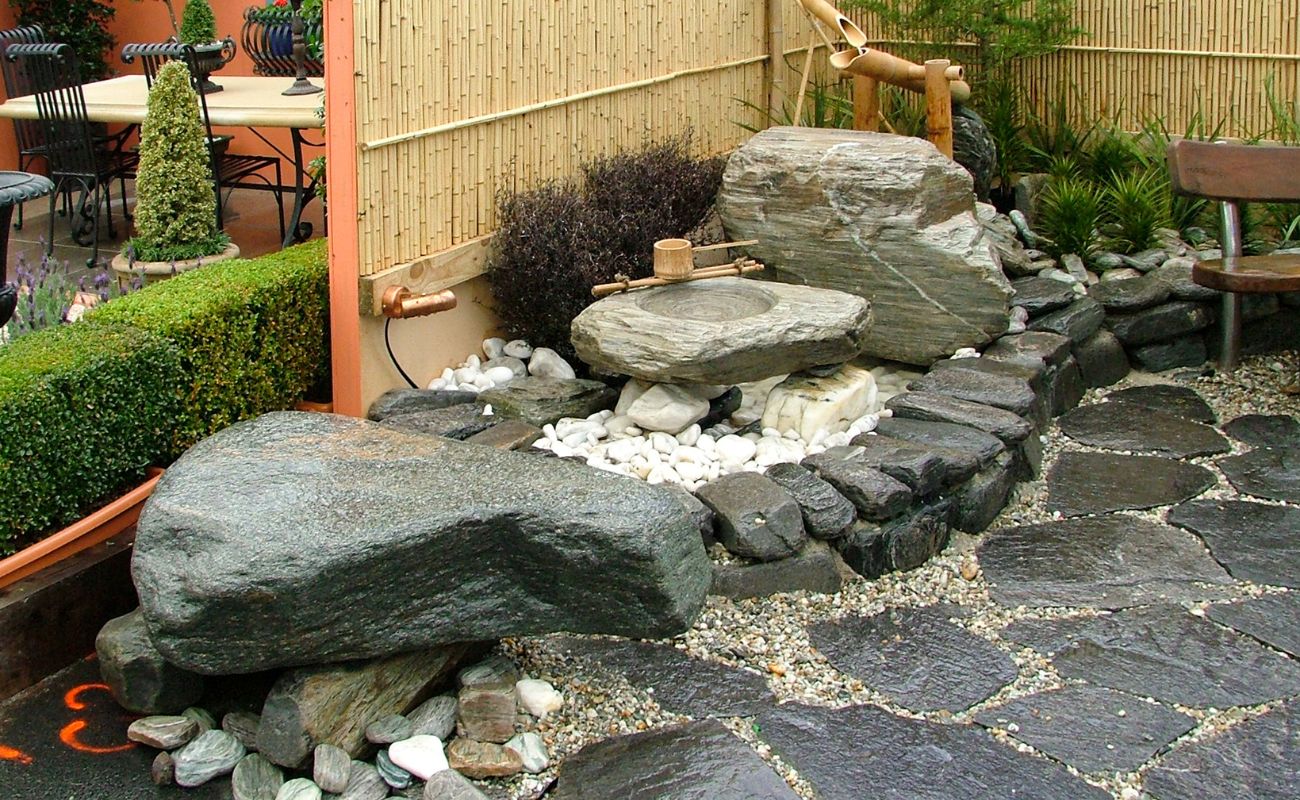
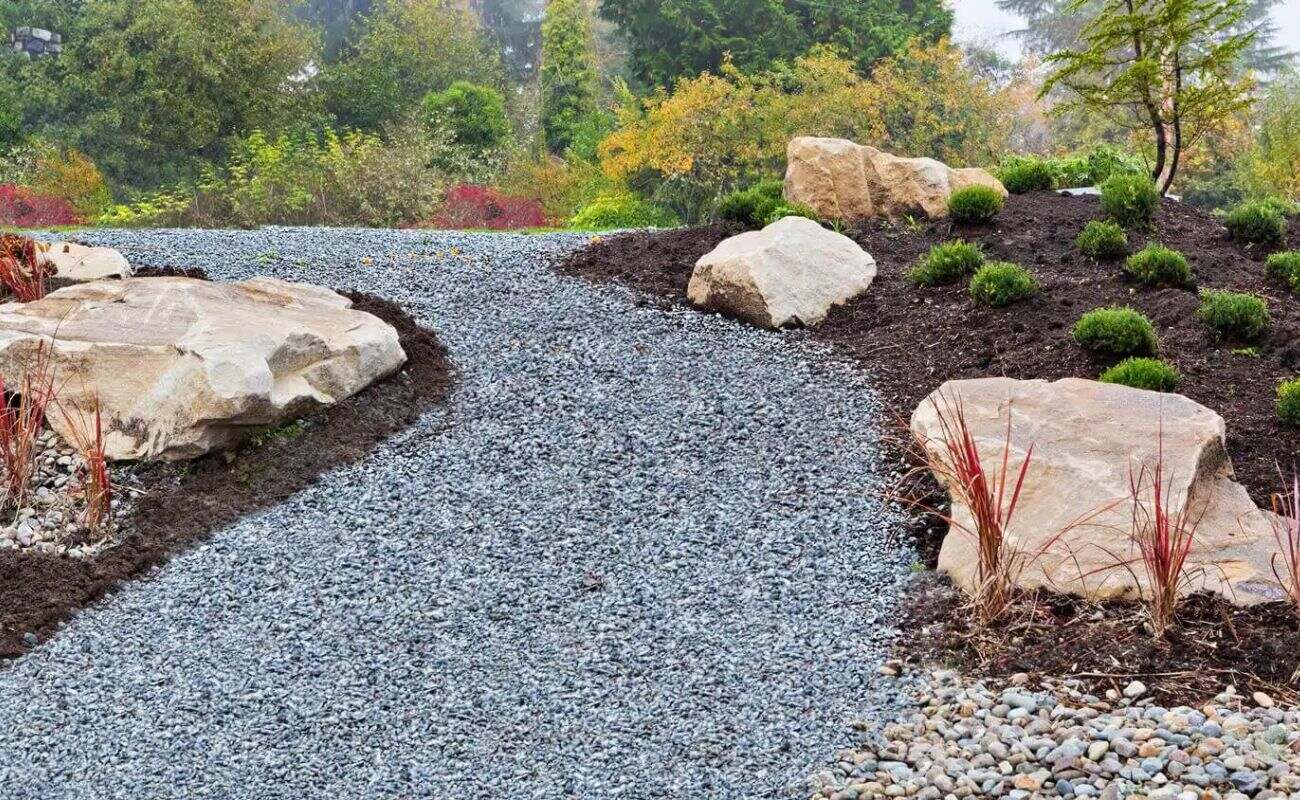
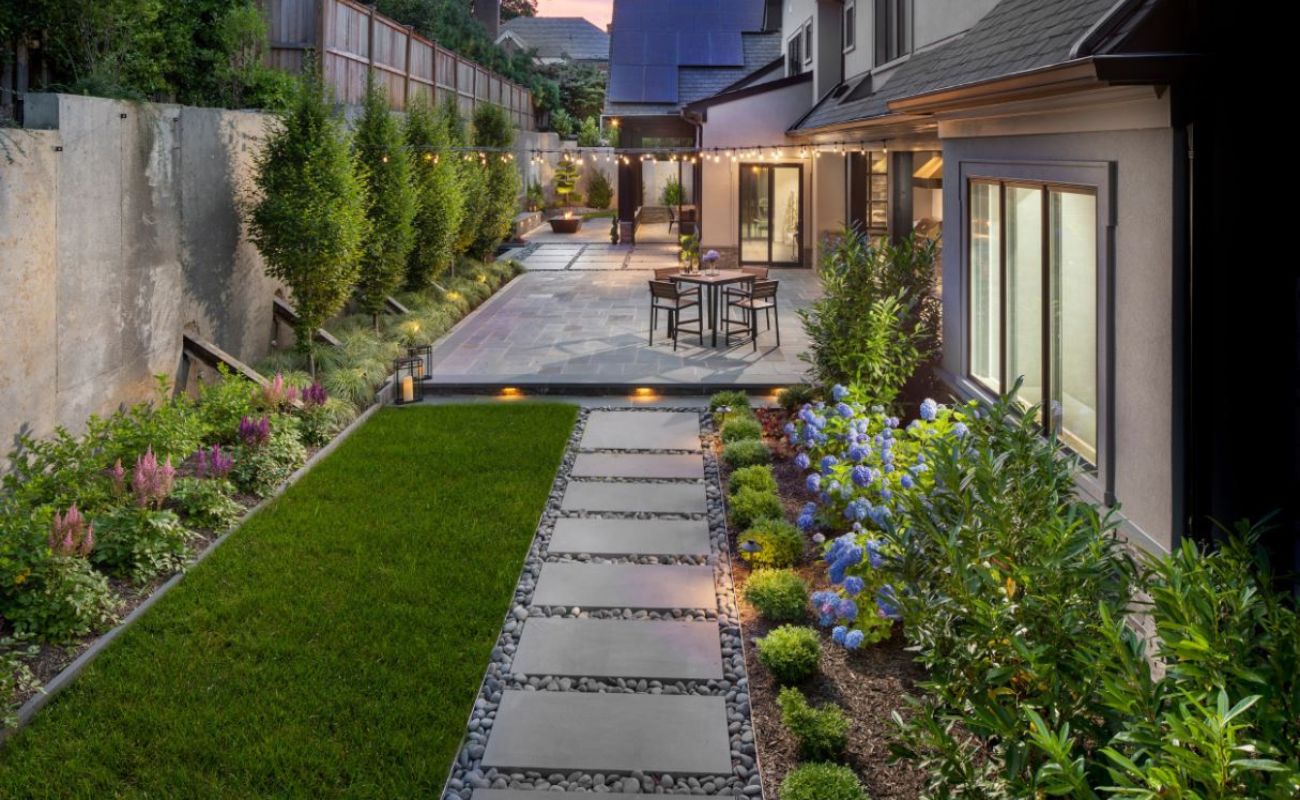
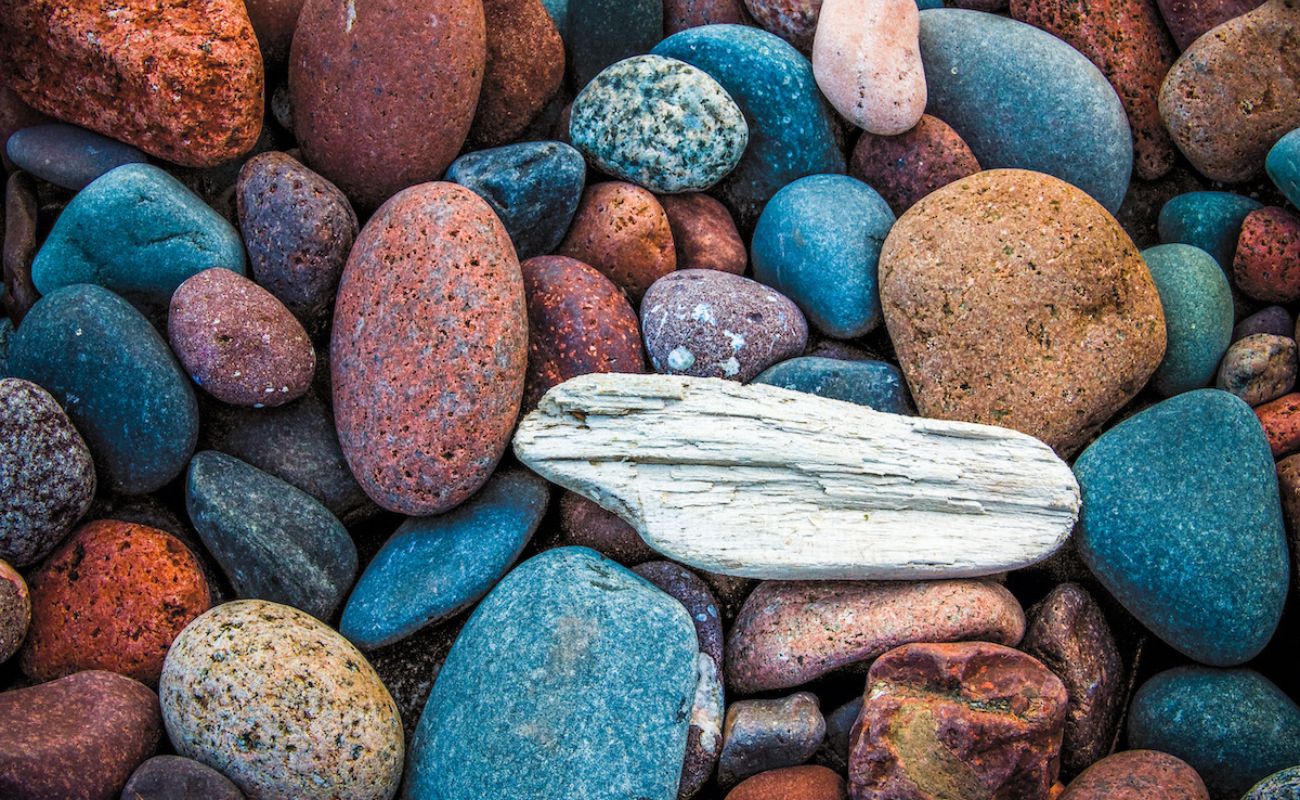
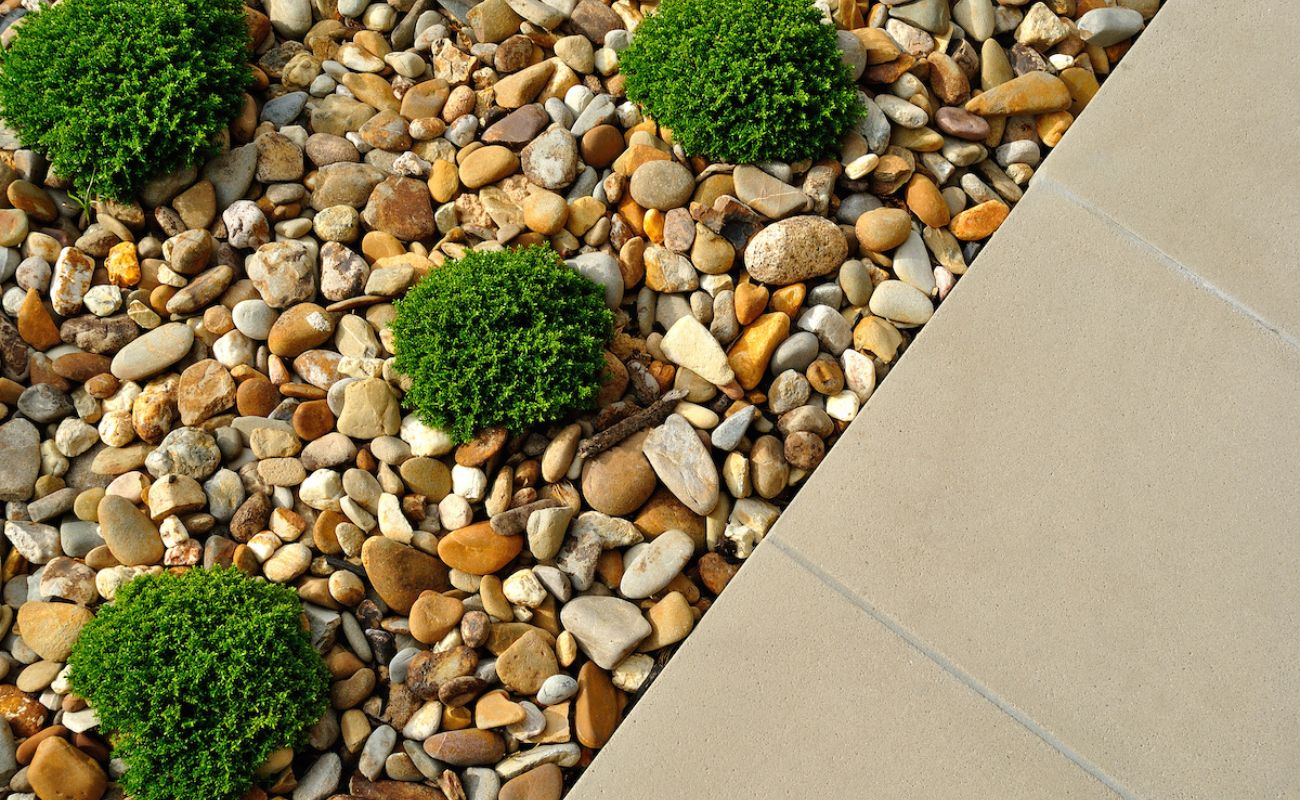
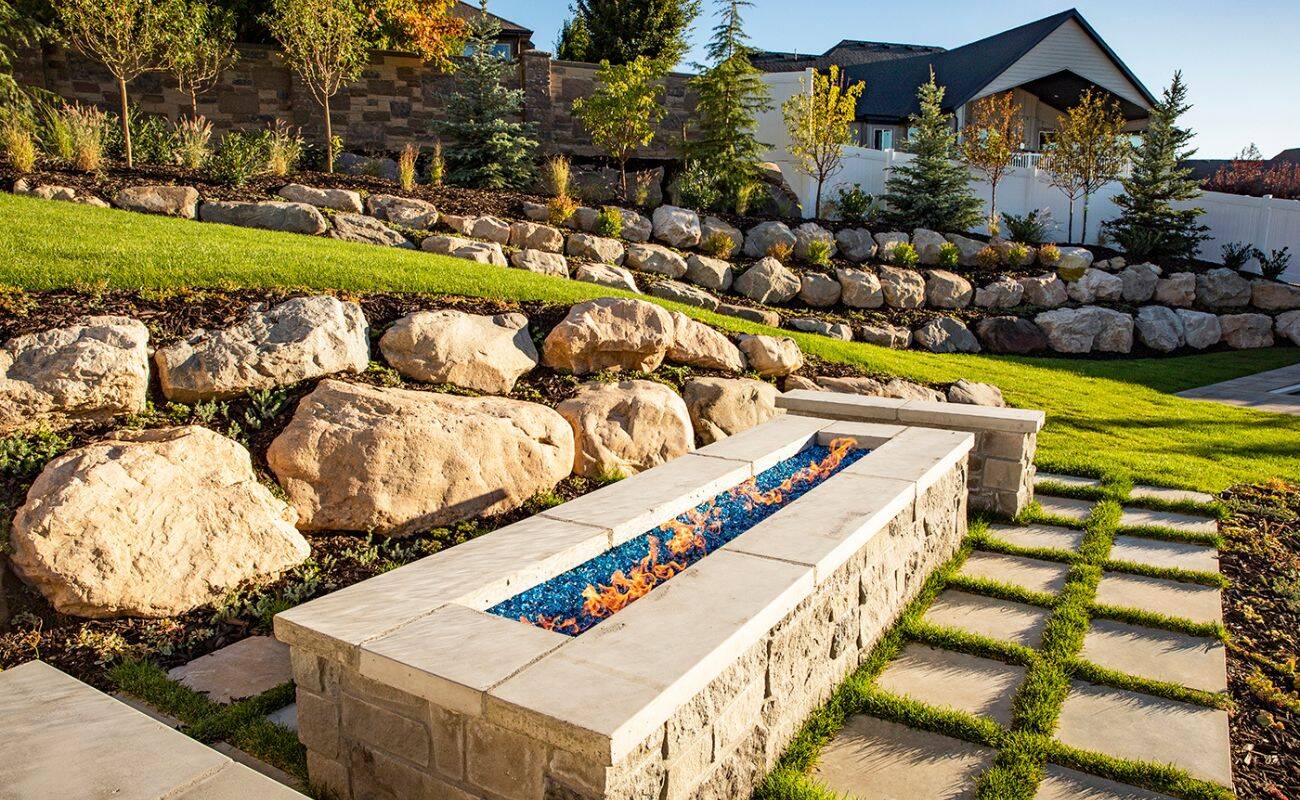
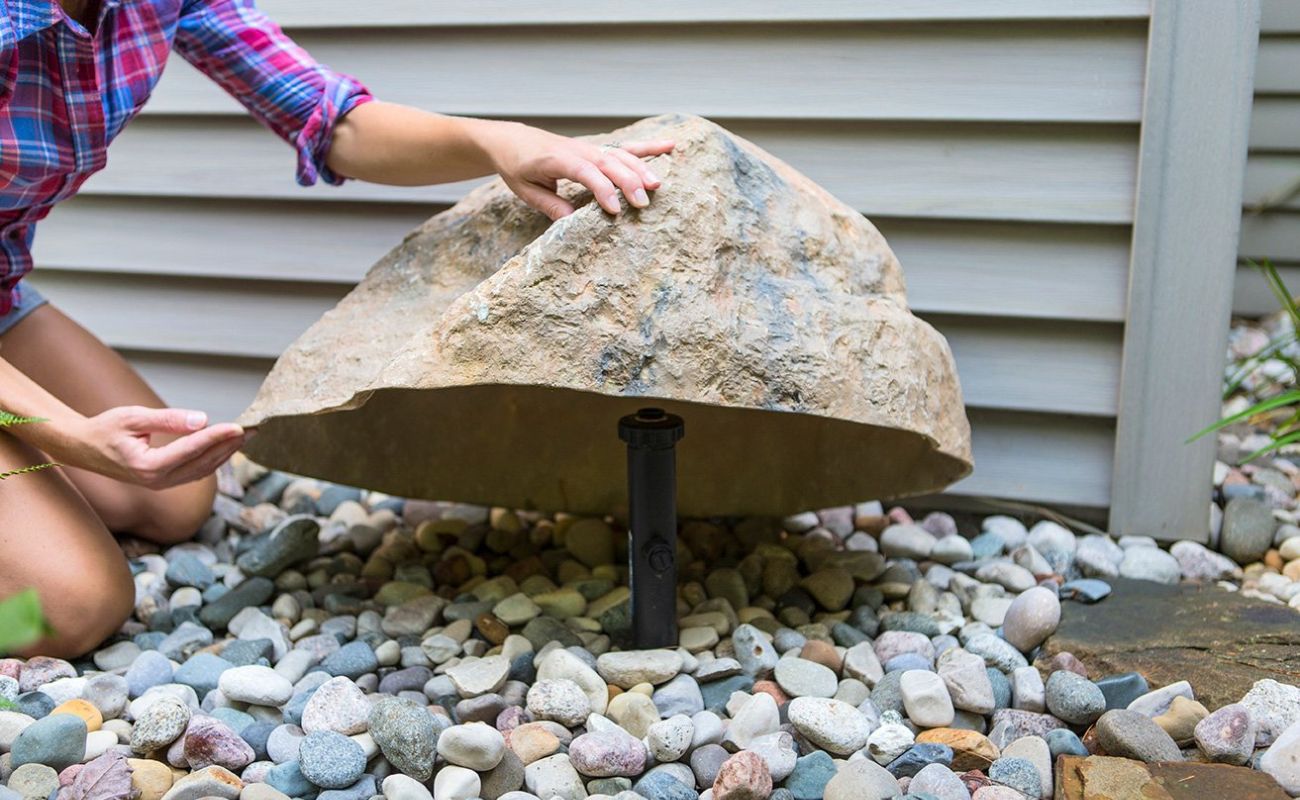
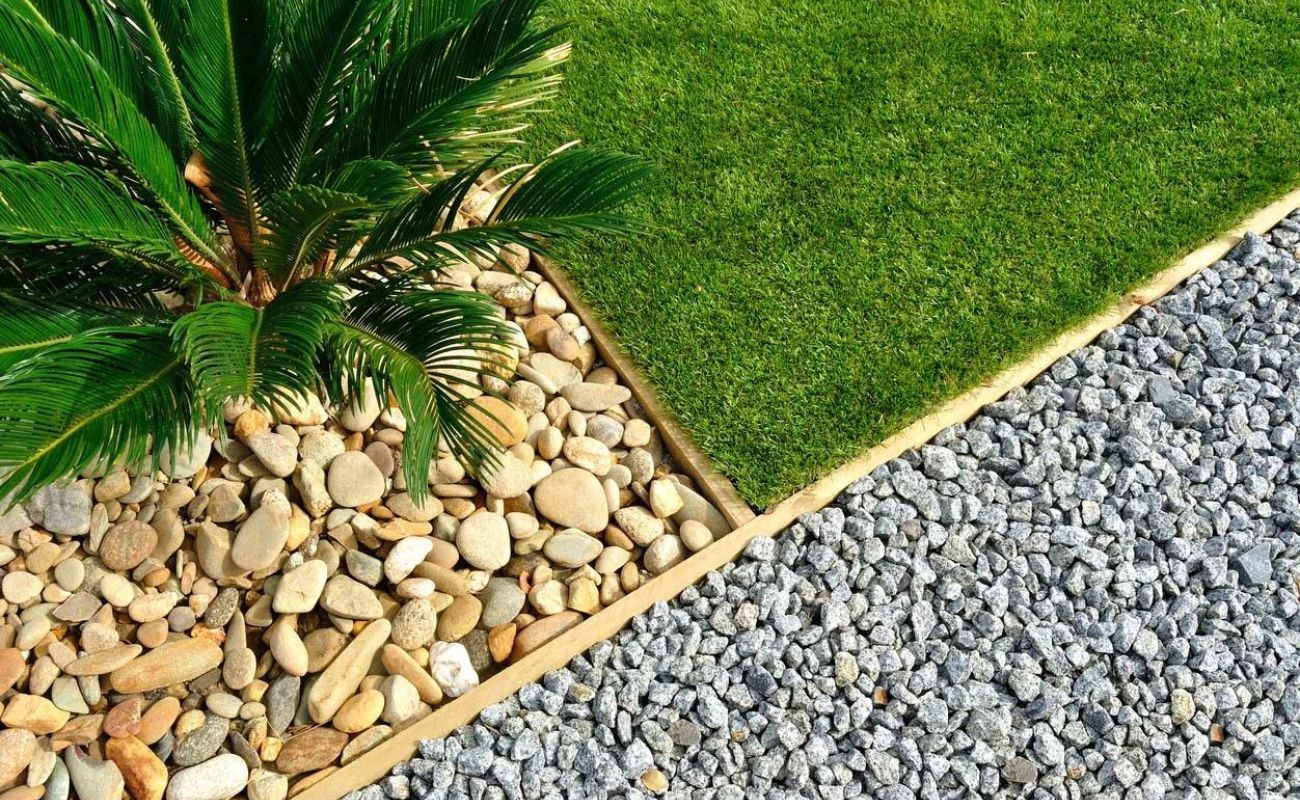
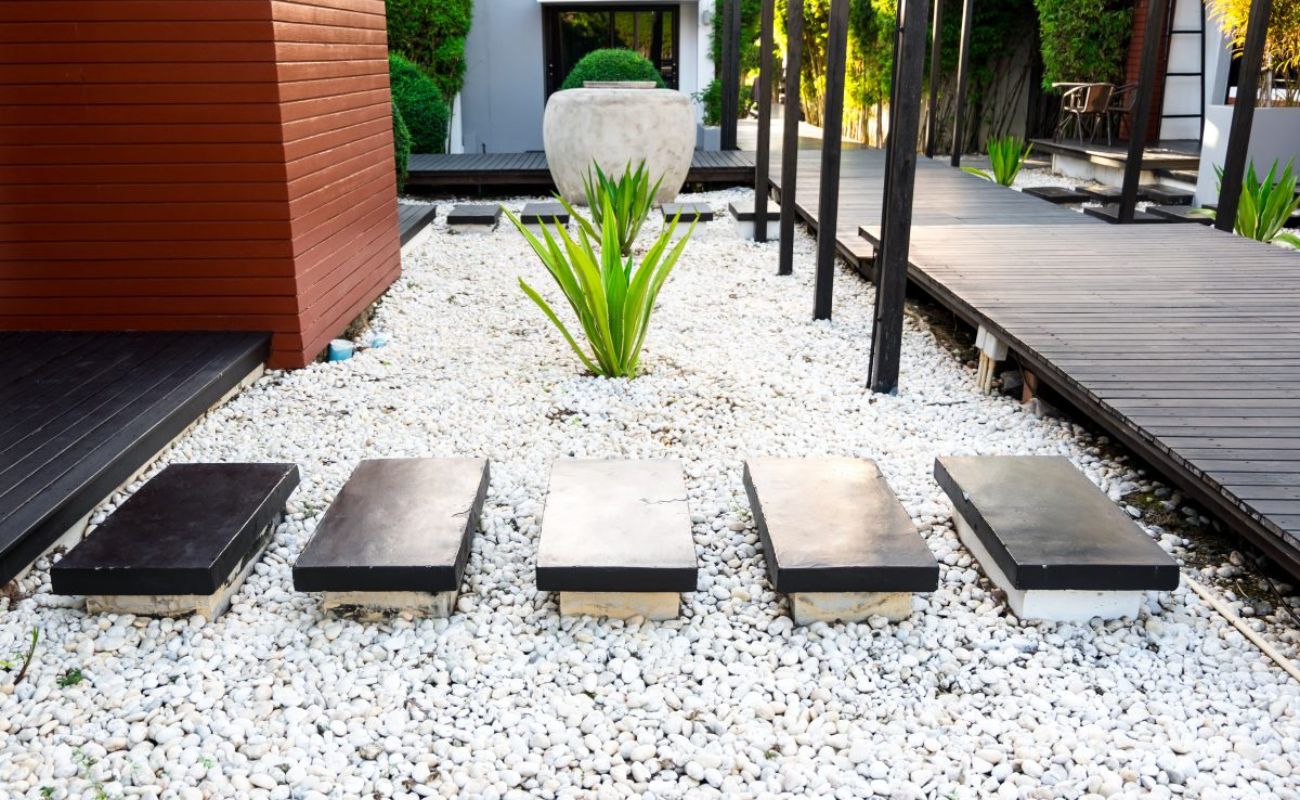

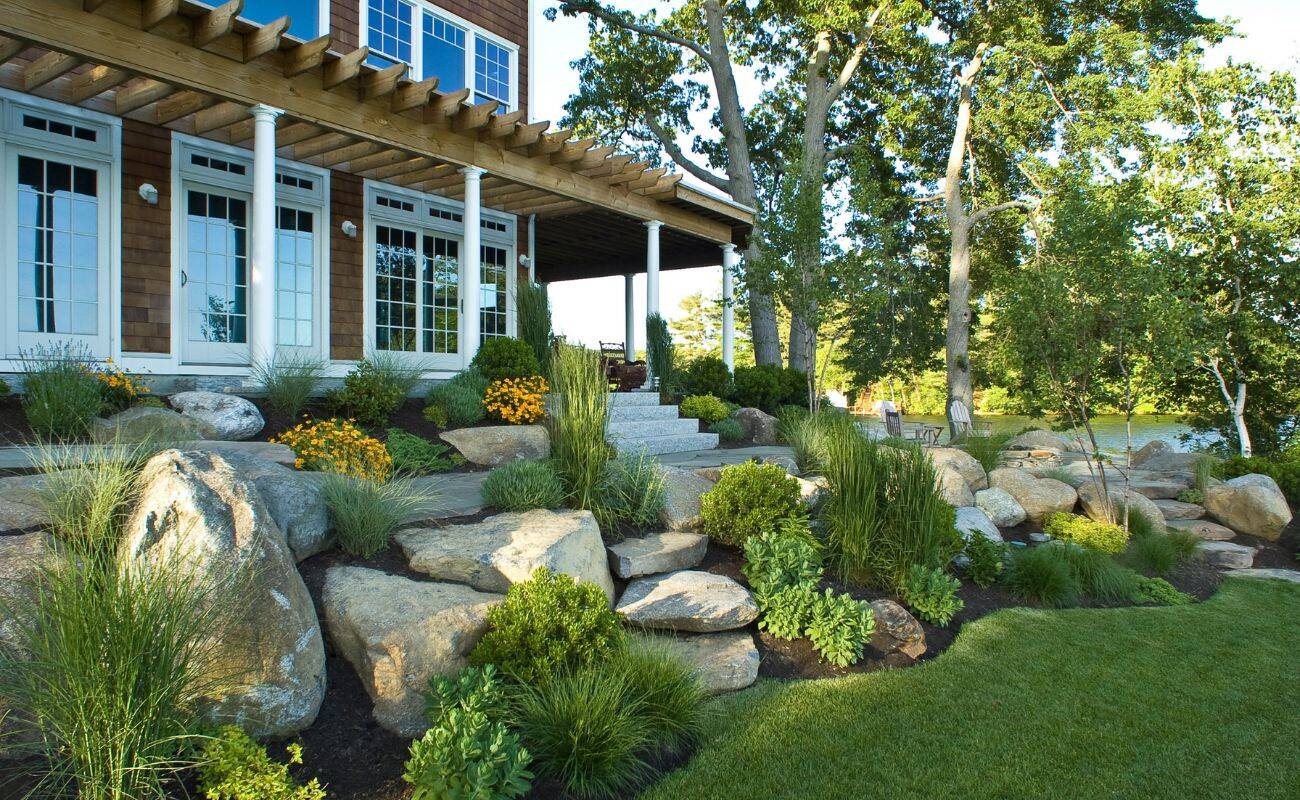
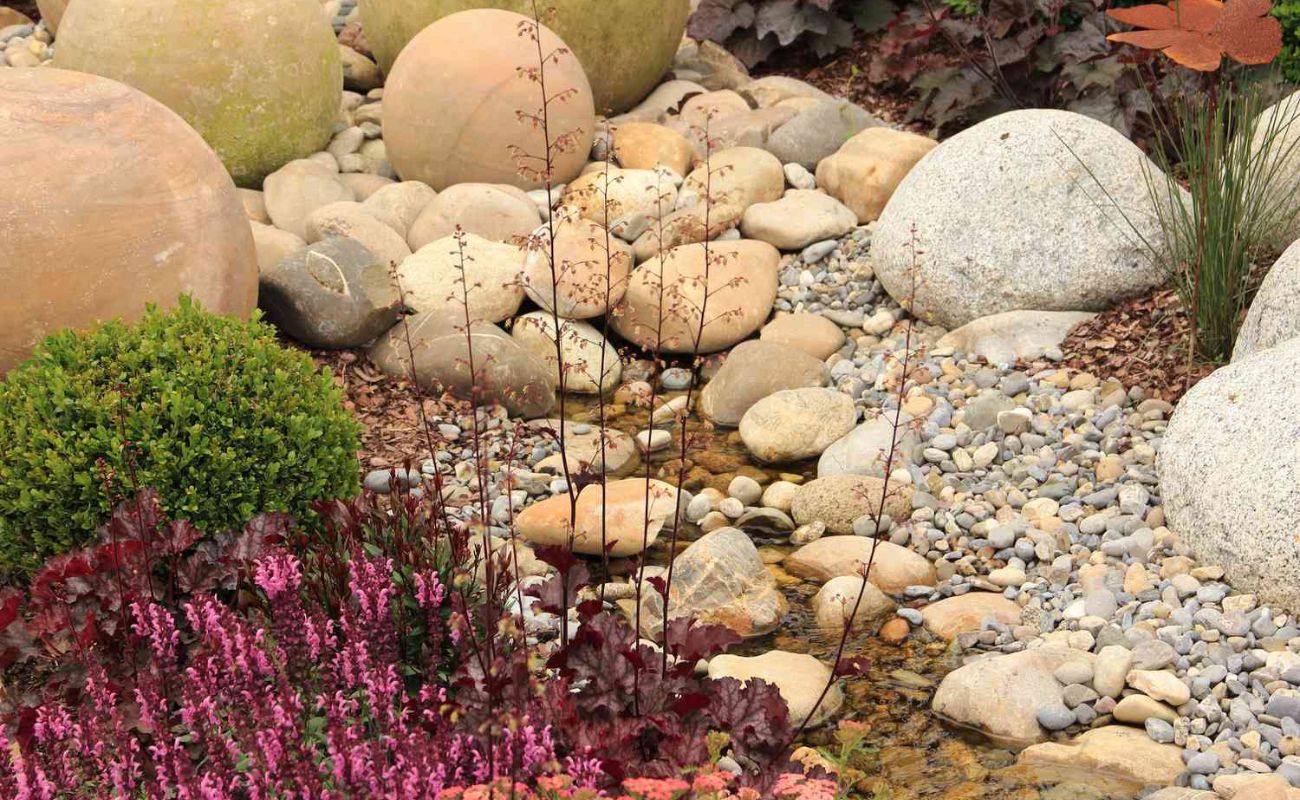
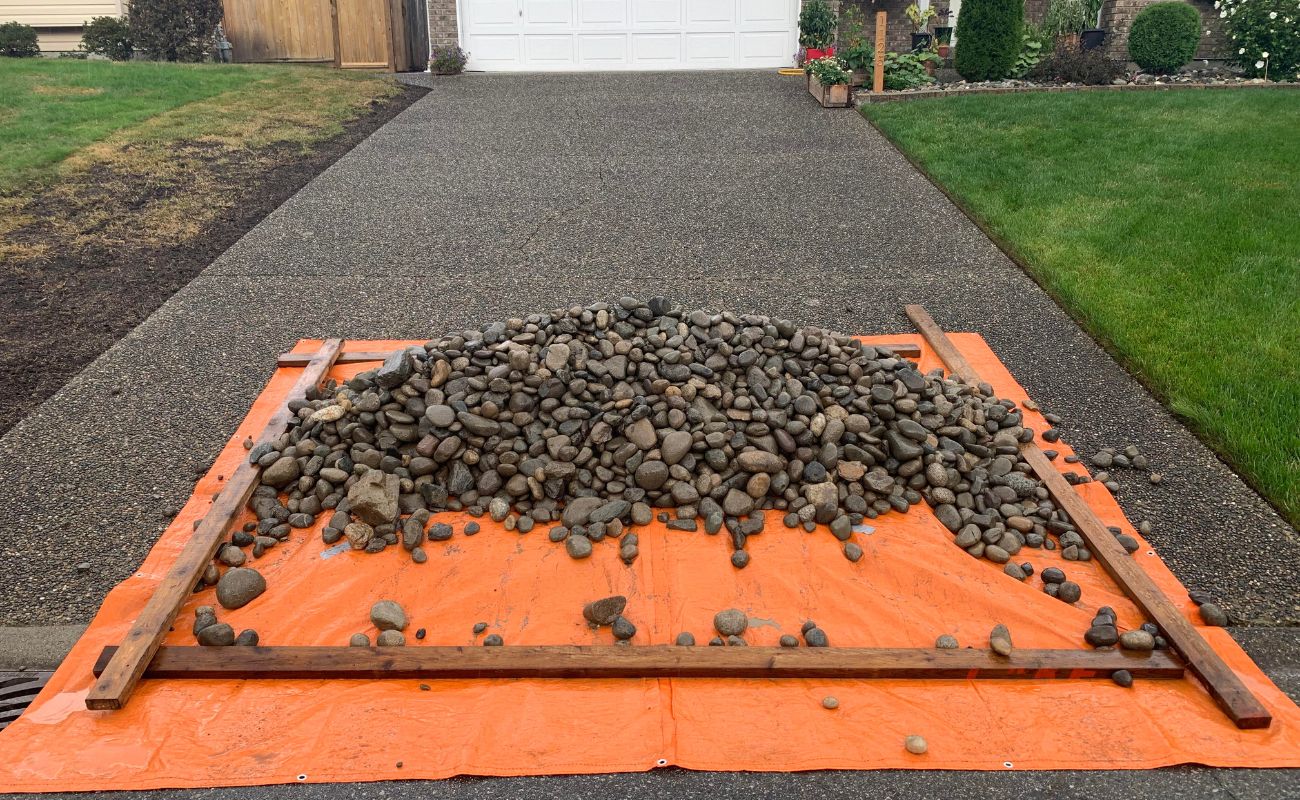
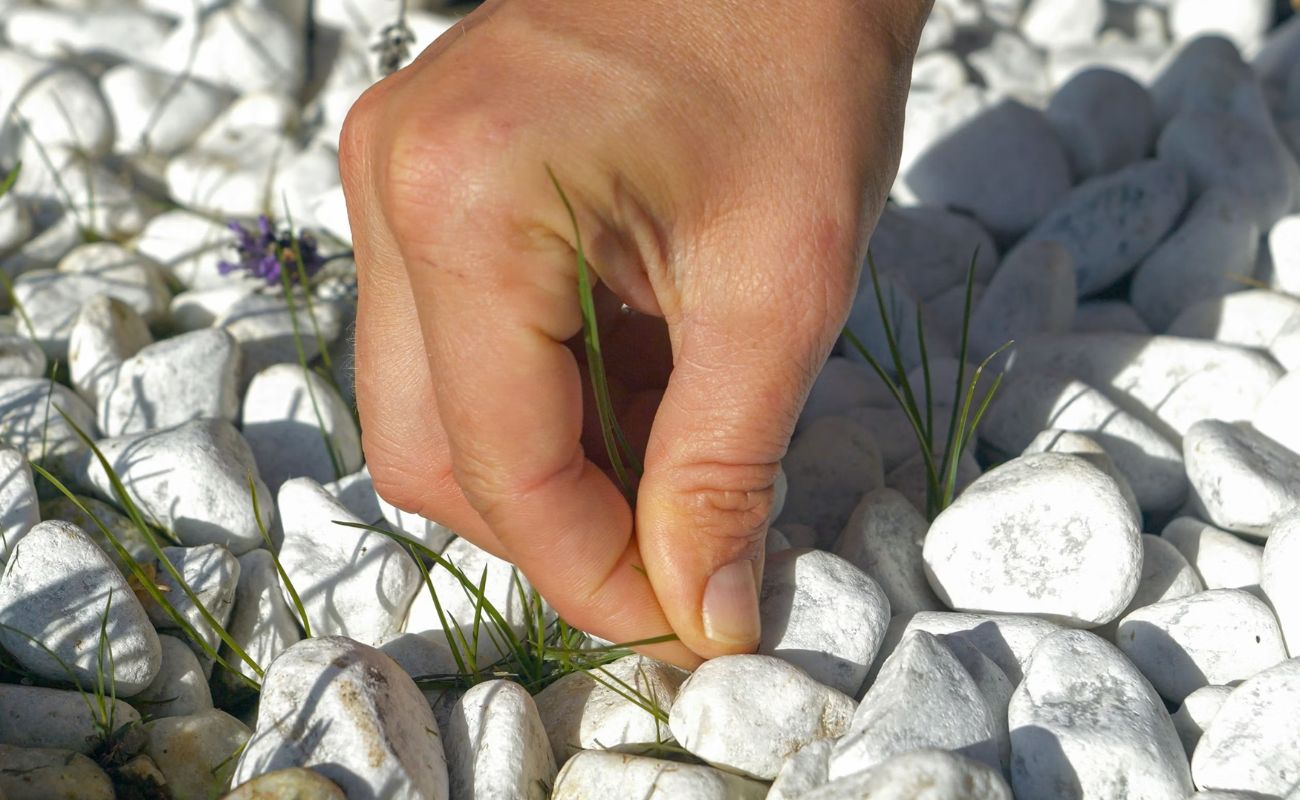

0 thoughts on “How To Indicate Drain Rock In A Landscape Design”